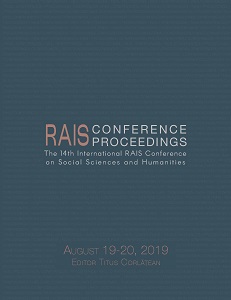Forensic Methods of Identifying Corpses with Unknown Identity
Forensic Methods of Identifying Corpses with Unknown Identity
Author(s): Ovidiu Andrei Hamburda
Subject(s): Criminology
Published by: Scientia Moralitas Research Institute
Keywords: clothes; dead bodies; dentition; DNA; research; skeleton; unknown;
Summary/Abstract: Finding the truth is the most difficult process, especially in a society that reveals itself as a high-speed field, whose passengers combine good and evil, honor and dishonesty, respect for the law and crime. Identification of dead bodies is one of the most common but complicated activities that the magistrate, criminal investigation dead bodies, criminalist or forensic doctor encounters, because compared to the living people who appreciate both the static signs, the dynamic signs and the functional features noted by different gestures, attitudes, etc. only the static forms and the personal objects on them or the clothing are appreciated in the case of dead bodies. Most procedures claim certain data and information to be compared, such as DNA, fingerprints, dentition, etc., but if they do not exist, comparison with the rest of the population is impossible. To identify a person, the forensic research bodies also found other methods, such as the over-projection method, the reconstruction of the skull physiognomy, the skeletal identification, dental or dental identification.
Book: Proceedings of the 14th International RAIS Conference on Social Sciences and Humanities
- Page Range: 169-172
- Page Count: 4
- Publication Year: 2019
- Language: English
- Content File-PDF

